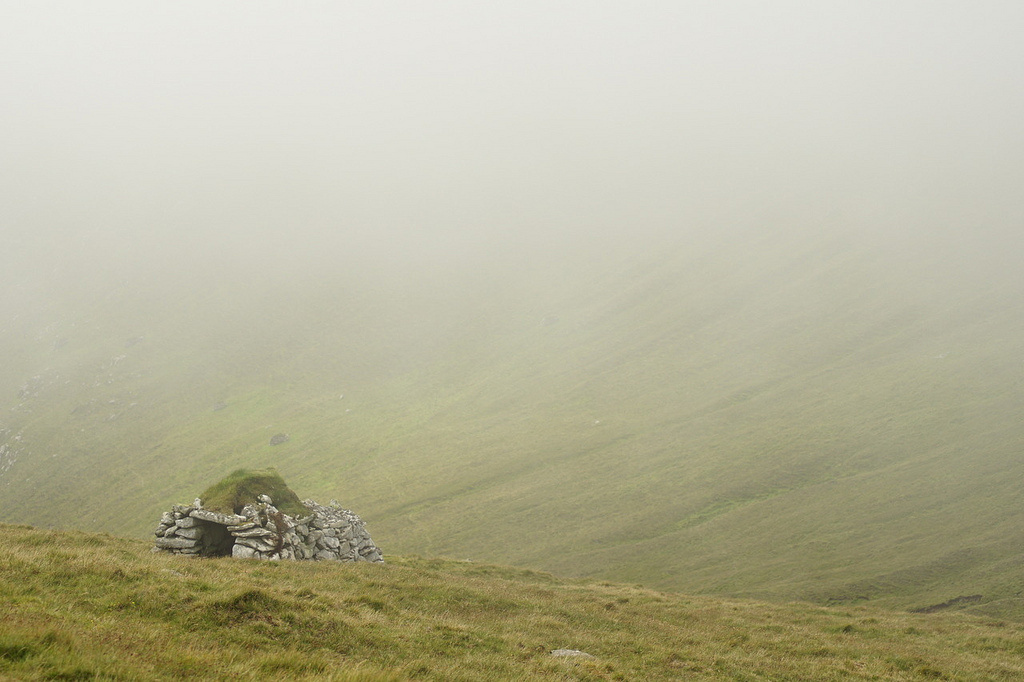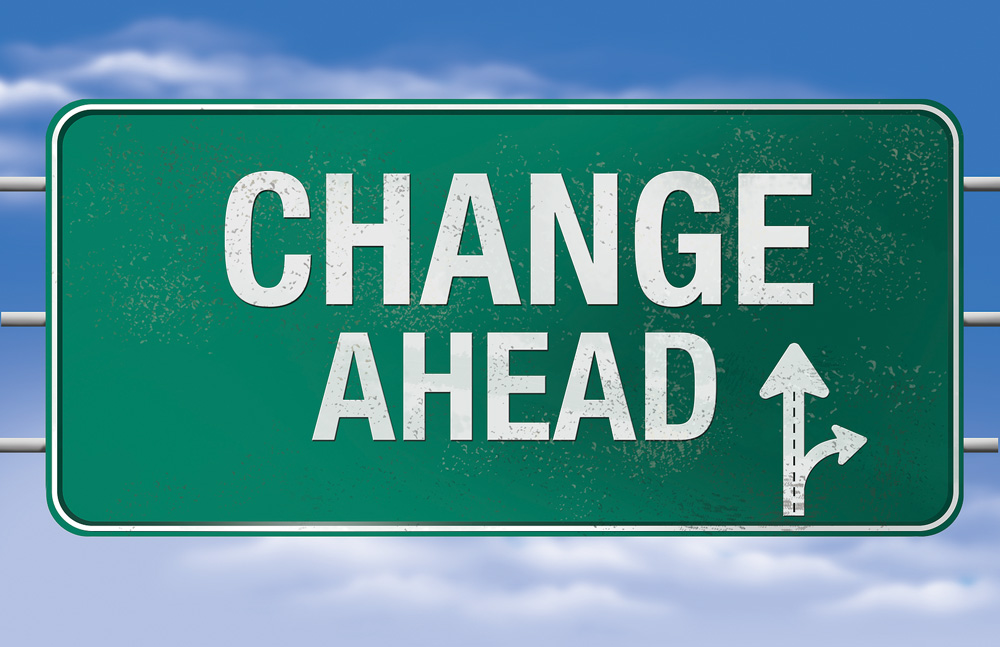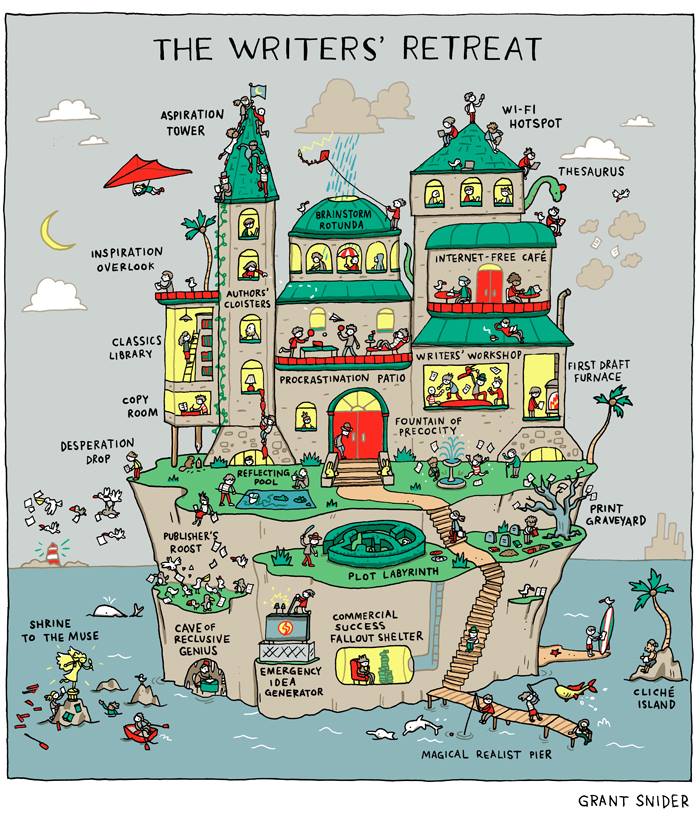I’m particularly fond of the Wi-Fi Hotspot myself.
The End of the Great and Terrible Sugarless Summer
 Back at the beginning of June, I pledged to go the entire summer (June 1 through September 1) without eating obvious sweets, or any food with sugar listed as the first or second ingredient.
Back at the beginning of June, I pledged to go the entire summer (June 1 through September 1) without eating obvious sweets, or any food with sugar listed as the first or second ingredient.
People thought I was nuts. Others said they admired me. I feared I couldn’t do it, feared I’d break down in the first week. Especially in that first week, which was oh-so-hard. I was exhausted, down to the bone, for several days. I was cranky. I craved everything I saw. I indulged in Pringles and Doritos and all sorts of salty, bready foods.
But I didn’t eat sugar. I didn’t eat sugar while at the Jersey Shore. I didn’t eat sugar on my husband’s birthday, even though I’d said at the beginning of this whole thing that I could have a piece of cake that mid-July day if I wanted. I baked his cake and frosted it, without so much as a single lick of the batter. And I love cake batter. I smelled it when we served it, but opted not to eat it. I was worried I wouldn’t be able to stop once I started.
As the summer went on, it got easier. In part because the sugar cravings were going away, in part because I could see some positive things happening (I felt less irritable and less controlled by food), and in part because I kept eating Pringles. Pringles. Pringles.
I made it all the way to September 1st. On that day, I made brownies (because we were going to a picnic and I needed to bring something). I had two licks of brownie batter. I didn’t want any more. It kind of tasted good, but also kind of not, and just a few minutes later I felt a bit sick from it. That hardly seemed possible, to feel oogey after a spoonful of batter, when I knew full well that I probably could have scarfed the whole bowl of batter last spring, and would have wanted more.
I give thanks that I made it through the entire summer. I really didn’t think I would. I tend to be gung-ho on new eating plans for a maximum of about six weeks before I cave and leap off the wagon. I’m sure letting myself eat chips and crackers and the like figured prominently into my success with not eating sugar.
On September 1st, I found myself about eight to ten pounds lighter. I feel happier and a bit more in control of my food than I have in a while. When we attended my kids’ Back To School picnic at the end of August, I didn’t hover near the food tables, didn’t feel compelled to keep snitching food, didn’t let thoughts of desserts override interactions with friends. It was marvelous to feel liberated from my all-consuming sugar addiction.
So guess what? I decided I’m not stopping. Nope, I’m keeping up with this sugarless lifestyle. Again, I’ve told myself if on major holidays I want something sweet that I can have it. I’ve told myself if I want three days at Christmas to bake myself silly (sweet things, people. Not pot!), I can.
I hope I won’t, but I have to give myself those outs, or it all feels too scary. But I also decided to add parameters, because in truth I know eating my weight in Pringles isn’t any healthier than eating my weight in chocolate bars. It was time to let go of that crutch. I also want to drop more weight (and know I would have if it hadn’t been for all the chips), and to feel less fatigued. There are fewer broad swings in my energy level, but I’m still tired much more often than I want to be.
So for this fall, I am going without chips or crackers, in addition to not eating sugar things. Some people think I’m crazy. I think I’m trying to save my life.
I’ve already noticed ways in which I’m searching for my “new” fix. I went through a fast food drive-thru twice last week, something which I’d been mostly successfully avoiding since May. I ate macaroni and cheese for lunch (the entire box) two days in a row. Clearly there are still battles raging. I’m not ready yet to fully give up wheat/flour items, although I suspect if I did I’d be that much closer to putting the nail in the lid of my food addiction coffin. I’m not ready yet, even though I long to be.
Still, this working on one thing at a time, instead of my old “absolutely all or nothing” approach, is exciting for me. First, because I’m actually succeeding. And second, because it’s challenging my own inner critic that says if I’m not doing everything “right”, I’m not doing anything right. That critic needs to be driven out, whether she’s talking about food or body size or writing.
Cheer me on, will you? This isn’t easy. This weekend I’m craving all sorts of things, and totally want to hit the drive-thru, order a pizza, or make more of my beloved mac and cheese. I guess I’m still a food addict with a long way to go. But I’m pleased I’ve at least got both feet on the path now, and they’re aiming in the right direction.
Flash Friday Fiction: No Caving

No Caving – 159 words
There’s a hole in my heart caverns-deep. You carved your way through me, never minding where your touch left scars, where your smile wreaked havoc, where your eyes, greener than the greenest grass, seared my soul.
I long to build a fortress, stone by stone, walling myself off from the pain, the memories, the world. I want to blacken the windows into my self, so that no one ever sees the mess you left me. I want to become my own island, my own stronghold, my own walled-off castle.
I will do none of those. I will walk on. I will climb out. I will create a space, an embrace, a small opening for this life that even now is weaving its magic through my body. A tiny heartbeat echoes my own, giving me a reason to go on, reminding me this place is no longer yours for the taking.
And we are no longer yours for the breaking.
—————————————————————————————————-
This week we had to use this photo prompt and something about a baby in our 150 (+/-10) word stories. What do you think of my take?
I hope you’ll hop on over to Flash Friday Fiction to submit your own tale, or read (and comment!) on all the other fabulous entries this week. Tell ’em Margaret sent you!
The Difficulties of Transitions – In Writing and in Life
 It’s that time of year. Time when the kids go back to school, my husband goes back to teaching, and I, ostensibly, go back to writing.
It’s that time of year. Time when the kids go back to school, my husband goes back to teaching, and I, ostensibly, go back to writing.
Transitions have never been easy for me. I didn’t fully comprehend or acknowledge my difficulties with transitions until after my two children were born. Both times, I fell down a deep rabbit hole of incapacitating anxiety. Yes, I attribute a lot of that to biochemical changes in my body and brain. But in the middle of it, while I was scouring the internet for information to try to figure out what was going on with me, I stumbled across something called Adjustment Disorder. Yes, really. When I read the list of symptoms, I thought, THIS IS ME! (Of course, my family might tell you that’s what I exclaim every time I read about some sort of illness.)
Not dealing as well with huge transitions such as adding a baby to the family makes more sense to me than having issues with transitioning back to school, especially since this fall transition means more me time! Well, I’ve never claimed to make sense.
The first week everyone was away, I felt uncomfortable. Irritable. Ill-at-ease. Overwhelmed with all I could and should be doing. And I procrastinated on about everything I could, except for playing Facebook games. Whoops. This week is already better. I managed at the end of last week to submit my first book to a contest. I’m feeling motivated again. I’m setting goals. I’m starting to believe I can do this again.
It got me to thinking of the importance of transitions in writing, as well. Nobody wants to feel jarred, jumbled about, confused, or disinterested while reading, right? Authors endeavor to create cliffhanger endings and seductive intros to each chapter, and rightfully so, as we want to stay hooked throughout the book.
Transitions are key everywhere – in writing and in life. Not only do you need strong chapter beginnings and endings, you need strong middles. You need sentences that naturally lead from one to another, so that you draw your reader into your words and make them want to stay there. You need paragraphs that transition seamlessly from one to another, that are given in logical order. You need book sections that make sense, a finite and clear-cut beginning, middle, and end.
Luckily I think I’m better at transitions in writing than I am at these real-life ones. Maybe. I hope. I guess time, and readers, will tell.
What are your tips and tricks to managing transitions, in fiction and/or in life?


